Steampunk Spotlight: The Steampunk Bible by Jeff VanderMeer with S.J. Chambers
 Over the last couple of Steampunk Spotlight posts, I’ve focused on steampunk in games (upcoming board game The Kings of Air and Steam and the roleplaying game Victoriana), but it’s time to dive deep into the literary end of the pool, and there’s nowhere better to start than in Jeff VanderMeer’s gorgeous The Steampunk Bible (Amazon, B&N).
Over the last couple of Steampunk Spotlight posts, I’ve focused on steampunk in games (upcoming board game The Kings of Air and Steam and the roleplaying game Victoriana), but it’s time to dive deep into the literary end of the pool, and there’s nowhere better to start than in Jeff VanderMeer’s gorgeous The Steampunk Bible (Amazon, B&N).
This book is a narrative and visual exploration of steampunk as a literary genre, a fan costuming phenomenon, and an artistic inspiration, certainly living up to its subtitle: An Illustrated Guide to the world of Imaginary Airships, Corsets and Goggles, Mad Scientists, and Strange Literature.
It’s hard to imagine an aspect of the steampunk movement that isn’t covered by this book full of full-color illustrations and photographs, mixed with interviews, anecdotes, lists, and analyses of steampunk-related themes.
Consider just a few of the fascinating articles/essays contained in this book:
- Edgar Allen Poe: Perpetuator of the First Steampunk Hoax?
- Brothers at Sea: Oshikawa Shunro and Verne’s Influence in Japan
- A Young Steampunk’s Guide to Subgenres
- Etching tins with Saltwater and Electricity
- Steampunk Fashion: Four Styles
- Eight Ways to Raise Your Steampunk Fashion Game
- Can Airships Slouch Along? Can They Saunter?
- Obscure Steampunk TV Moments
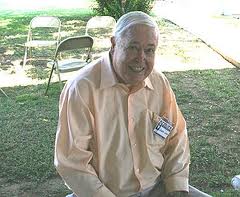
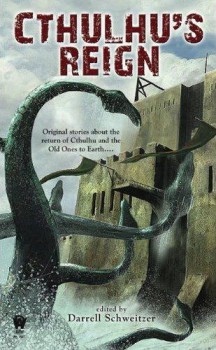 Cthulhu’s Reign
Cthulhu’s Reign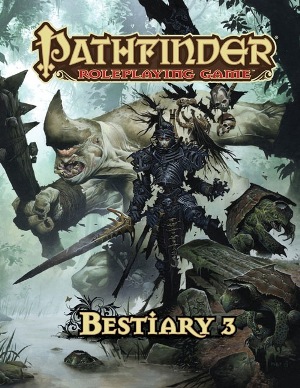
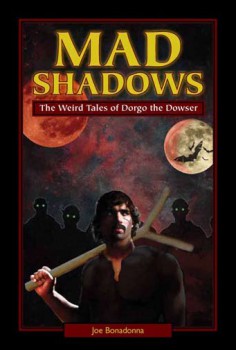
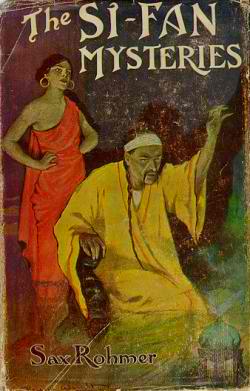
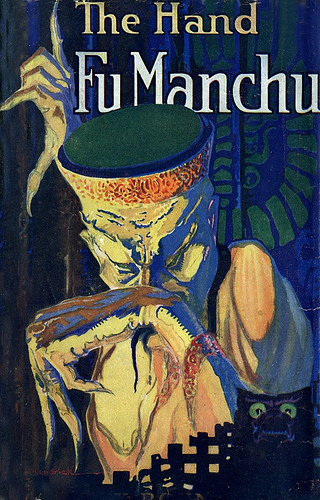

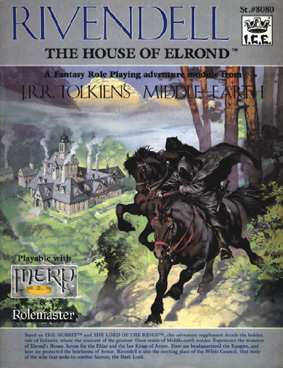
 Howard Andrew Jones’ first novel The Desert of Souls has been named one of the best fantasy novels of the year by Barnes & Noble.
Howard Andrew Jones’ first novel The Desert of Souls has been named one of the best fantasy novels of the year by Barnes & Noble.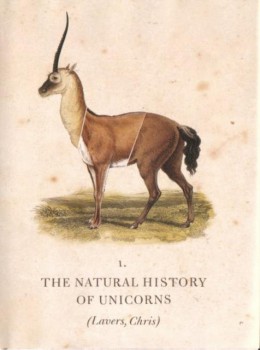 The Natural History of Unicorns (2009)
The Natural History of Unicorns (2009)